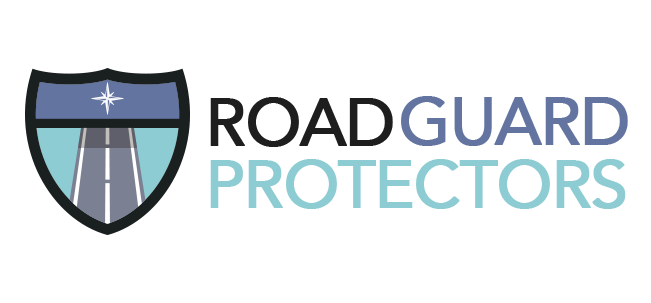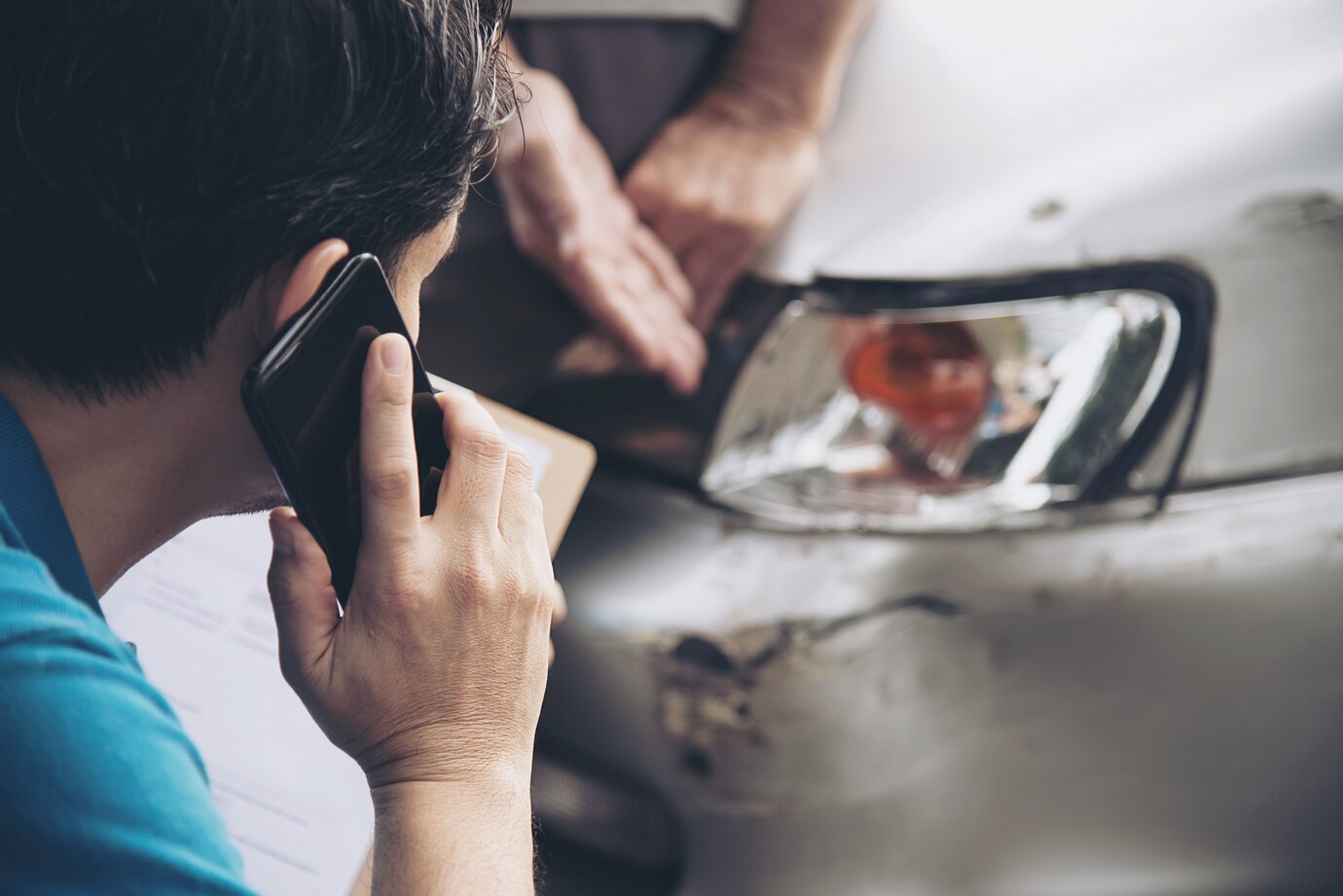Your vehicle serves as more than just a mode of transportation; it’s also a mobile storage space for your personal belongings. From laptops and smartphones to sports equipment and groceries, we often carry valuable items in our cars. But what happens when these possessions are damaged or stolen? Understanding your insurance coverage for personal property damage is crucial in such situations. In this article, we’ll delve into the intricacies of claiming personal property damage and navigating the process effectively.
The Importance of Personal Property Coverage:
Many auto insurance policies provide coverage for personal property damage under the comprehensive section. However, the extent of coverage and deductible amounts can vary significantly between policies and insurance providers. Personal property coverage offers financial protection against theft, vandalism, fire, and other non-collision-related incidents that result in damage to items inside your vehicle.
Key Considerations When Filing a Claim:
- Documentation: Before filing a claim for personal property damage, gather evidence to support your case. This may include photographs of the damaged items, receipts or proof of purchase, and a detailed inventory of the belongings affected. Documentation strengthens your claim and expedites the claims process.
- Policy Review: Familiarize yourself with your auto insurance policy’s coverage limits, exclusions, and deductible amounts pertaining to personal property damage. Understanding these terms ensures that you’re aware of what is covered and what you’re responsible for paying out of pocket.
- Claims Process: Contact your insurance provider as soon as possible to report the incident and initiate the claims process. Be prepared to provide detailed information about the circumstances surrounding the damage or theft, as well as documentation supporting your claim. Your insurer will guide you through the necessary steps to file a claim and may request additional information or documentation as needed.
Navigating Coverage Limitations and Exclusions:
- Coverage Limits: Auto insurance policies typically have coverage limits for personal property damage, which may vary depending on the insurer and policy type. Review your policy to understand the maximum reimbursement amount for personal belongings damaged or stolen from your vehicle.
- Exclusions: Exclusions are specific scenarios or circumstances in which your insurance policy may not provide coverage for personal property damage. Common exclusions include leaving items in plain view, damage resulting from wear and tear, or loss of items due to negligence. Understanding these exclusions helps manage expectations regarding coverage eligibility.
Tips for Preventing Personal Property Damage:
- Keep Valuables Secure: Store valuable items out of sight or in the trunk of your vehicle to deter theft and minimize the risk of damage. Avoid leaving belongings unattended in your car, especially in high-crime areas or during extended periods.
- Maintain Adequate Insurance Coverage: Regularly review your auto insurance policy to ensure that it provides adequate coverage for personal property damage. Consider increasing coverage limits or adding endorsements if necessary to protect valuable belongings.

